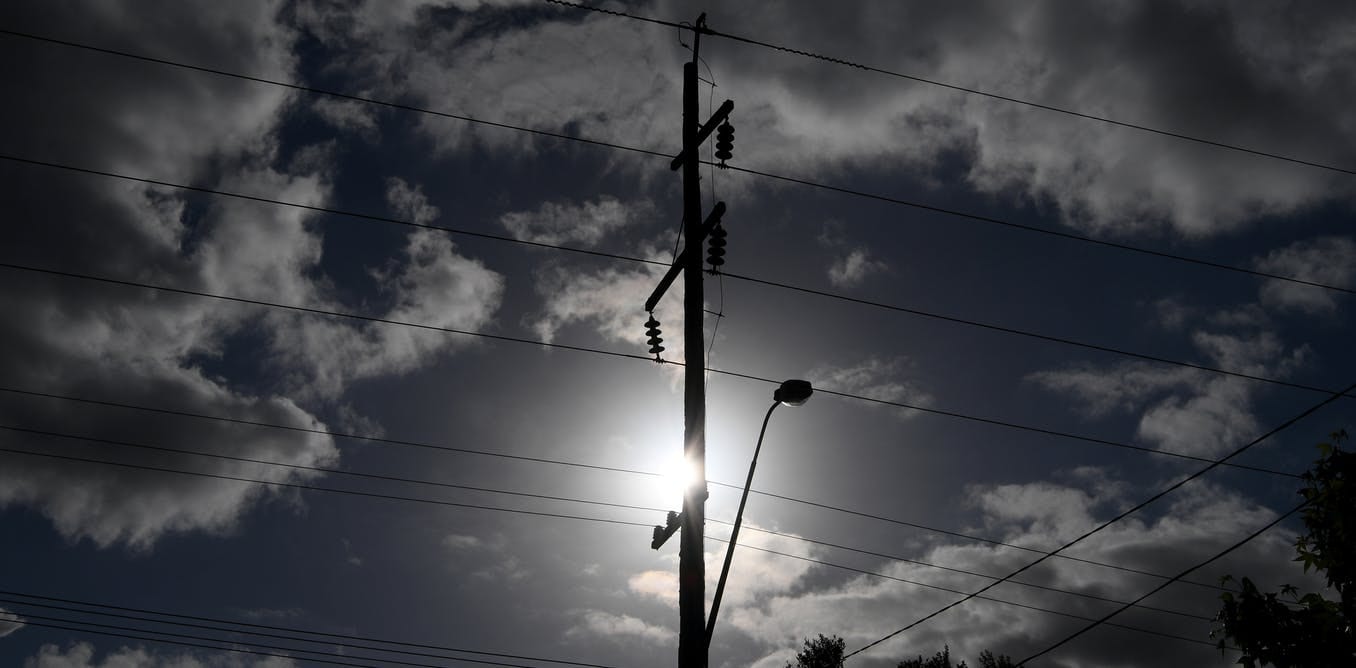
A demand management incentive scheme – touted as the biggest game-changer in network spending seen in Australia – has finally been approved by the country’s regulators. But it has come nearly a decade later than it should.
The scheme is designed to encourage networks to invest in things other than poles and wires – the equipment that makes up around half of Australia’s outrageously high electricity costs.
These include providing incentives to minimise air conditioning use at times of peak demand, and will now be likely used to encourage more solar, more battery storage, and the creation of mini and micro-grids rather than building or replacing poles and wires.
And while the changes unveiled on Thursday by the Australian Energy Regulator have been widely welcomed, advocates lament that they could have been introduced a decade earlier, and prevented the huge binge on network spending that caused electricity bills to double.
The fact that they weren’t introduced a decade ago is testament to the ponderous nature of regulatory change in Australia, and the power and the influence of the big “gen-tailers” who fought so hard against the rule changes because they feared a loss of potential profits.
Chris Dunstan, from the Institute of Sustainable Futures, says the need and opportunity for demand management was first identified in 2002 by the NSW-based regulator IPART.
But little happened, and what little did happen fell by the wayside in favour of other schemes.
Dunstan says if such incentives had been in place, then network spending could have been minimised, electricity bills could have stayed low, and the current political divide over energy prices that has stymied policy and action on climate and clean energy could have been avoided.
“If we had this mechanism in place (before the five-year network allowance that began in 2009), we could have saved billions of dollars in infrastructure spending and customer bills,” Dunstan says.
“And that would have meant that carbon and climate would not have become the political football that it has.”
Another opportunity was missed five years later. The Australian Energy Market Commission suggested a rule change in 2012, but it took a year for COAG to give the go-ahead and another 18 months for the AEMC to agree with itself and outline some draft rules.
By that time, the next 5-year spending spree by the networks had been locked in. The new rules finally unveiled by the AER today will come into effect from 2019, in time for the next five-year spending period, although it may encourage more effective decisions before then.
Dunstan wrote two years ago that the scheme – under the AEMC’s own estimates – could have saved between $4 billion and $12 billion, or slashed $500 from customer bills a year. But it wasn’t to be.
Another advocate, Mark Byrne from the Total Environment Centre, said “it’s been a long and winding road. …This reform should ensure that short-term measures to reduce demand during critical peaks are complemented by longer term, systemic measures to reduce peak demand,” he said.
The Australian Energy Market Operator has teamed up with the Australian Renewable Energy Agency and three state governments to fund a trial of various demand response and demand management projects that will be crucial to help keep the lights on, this summer and next.
Such schemes include paying big manufacturers to turn off unneeded machinery, doing the same with smaller industrial and commercial users, pooling resources from household battery storage, and providing incentives for volunteer households to adjust temperatures on their air con.
The use of air-con was behind the wayward forecasts of a huge increase in peak demand that justified the $50 billion network binge that pushed consumer bills so high. The un-controlled use of air-con has created a cross subsidy of $700 a year from those who don’t have it.
But even as authorities roll out initiatives that could increase reliability and cut costs, conservatives – encouraged by vested interests in the energy industry – have launched absurd scare campaigns against demand management, just as they have against climate change, carbon pricing, renewable energy and battery storage. (See our story: Conservatives hit peak stupid over demand response).
AEMO says it has unlocked some 900MW of demand response as part of its summer readiness plan, but it will need to be followed by rule changes from the AEMC to be made permanent.
But at least the rule-maker has indicated some support for the change – unlike two years ago when it saw no need for additional flexible demand.
Dunstan said that although the DMIS scheme arrived late, it was very welcome.
“This is a game changer – because for first time it will be as profitable for network business to undertake cost-effective demand management as it is to invest in poles and wires. And that will benefit consumers,” he says.
“It’s been a long time coming, but the AER deserve credit for establishing a very good mechanism for demand management.
“It provides incentives for customers to undertake load management with air conditioners – the single biggest contributor to peak demand – and it encourages networks to spend on hardware to help customers control that demand, and incentives for people to change behaviour.”
Energy Networks Australia CEO Andrew Dillon said these regulatory changes would encourage networks to use new technologies as an alternative to poles and wires.
This would be used to manage not only peak demand but also voltage and power quality issues as growing numbers of household solar and batteries connect to the grid.
“The Finkel Review highlighted an urgent need to ensure market rules and frameworks enable the introduction of emerging technologies and the ability to test them, and this is a welcome step in the right direction,” he said.











